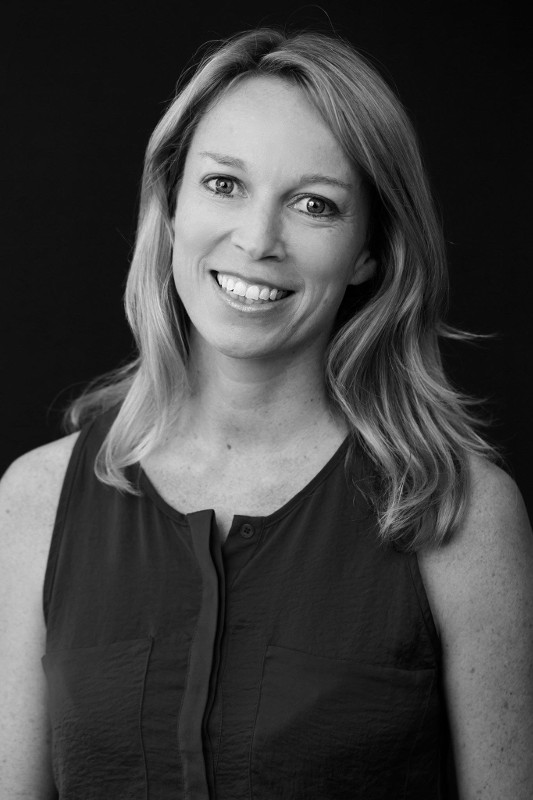
As HR becomes more and more integrated into the business functions of organisations, leaders are recognising the power of data and people analytics. But how can data analytics best be used? HR Magazine spoke to Kellie Egan, VP People, Edrolo for her take.
Egan began, “The HR industry is getting serious about people analytics, and companies are stepping up and making big investments in this area. For me, the value of people analytics all comes down to the accuracy of the data and asking the right questions. It is when we ask the right questions, review the data and identify any insights that we can make amazing discoveries.”
How can HR help business leaders make more informed decisions?
“I personally find that being able to access and refer to people analytics when having strategic conversations with business leaders is extremely valuable. It is great to see so many companies investing in data scientists and mathematicians to really step up the way we use people data for key business decisions.
“Data analytics helps HR understand not only what is happening from a people perspective in businesses—who is leaving or staying, who the best leaders are and how the structure is working—but also allows us to have really in-depth conversations with leaders when combined with data points like finance or team health checks.”
How do you use data for headcount planning, succession, hiring, engagement and retention?
“For headcount planning and hiring, I work closely with talent acquisition leaders and finance managers. We look at the headcount budget and discuss roles, salaries, job levels, locations and the time we have to fill those positions.
“On a quarterly basis I also review a range of other people data including: span of control, promotions, attrition, new hires, leader to team member ratios, employees by job level, tenure and performance ratings.
“After reviewing the data and identifying any insights I then have a meaningful discussion with business leaders, referring to the people analytics to determine what we need to take action on and what we may need to monitor over a longer period of time. These meetings have been the most rewarding I have ever had, as decisions are based on people data intelligence. The impact this has had on the business has been transformational in many cases.”
What are the biggest problems and obstacles HR faces with data analytics? How do you deal with them?
“Initially, it is about having confidence in the data. Can you rely on your HR system to provide accurate data? Then it is about understanding what the business challenges and strategic direction are to find a useful way to share what analysis has revealed.
“Sometimes the amount of data we access and review can be overwhelming. When I first started using data analysis, I suffered from ‘analysis paralysis’ and tried to share too many stories on too many different data points, when we actually only needed to share one or two. Since then, I’ve found a better approach is to be focused, to understand the strategy and to be able to explain it in a simple and effective way.”
More Information
For readers interested in how best to unlock people analytics at their firms, Egan will be speaking at the Marcus Evans HR Summit 2018.
About the HR Summit 2018
The 14th annual HR Summit is a premium forum bringing elite buyers and sellers together. The Summit offers chief HR executives and service and solution providers an intimate environment for a focused discussion of the key new drivers shaping corporate priorities and HR strategies. Taking place at the RACV Royal Pines Resort, Gold Coast, Queensland, 5 – 7 March, the Summit includes presentations on a range of topics, including reimagining company culture, company agility, capitalising on people analytics, improving the employee experience and unlocking talent.
For more information please send an email to [email protected] or visit the event website at https://events.marcusevans-events.com/hrsummitanz2018/




